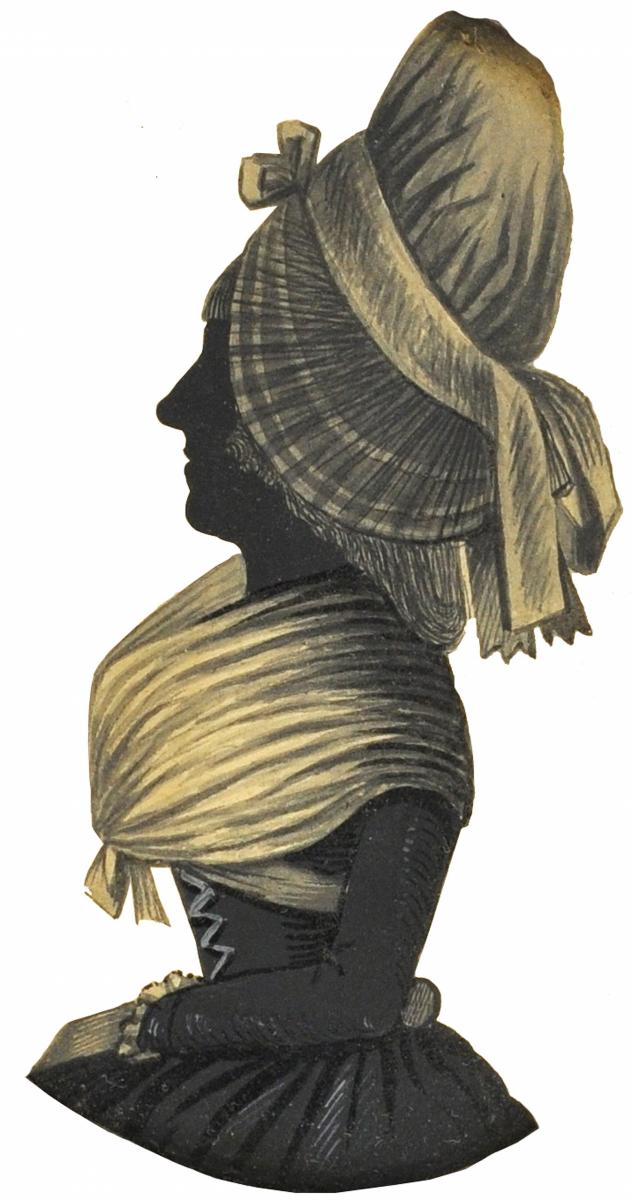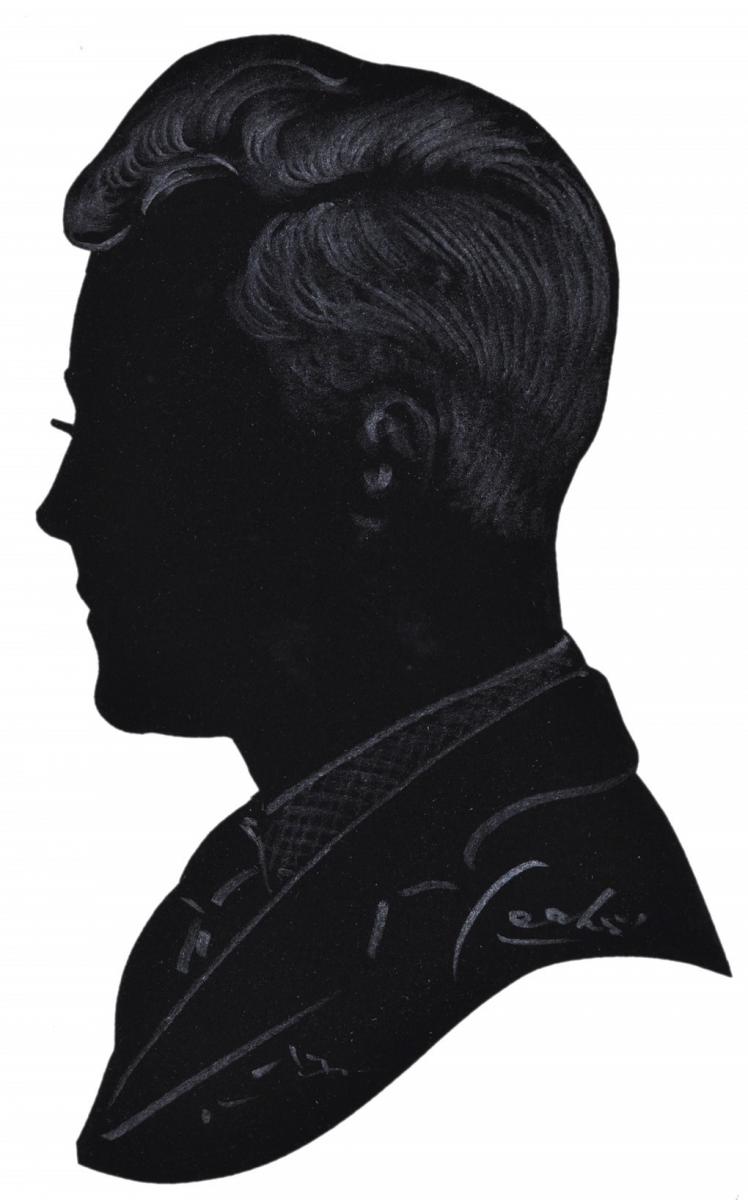Style exhibition
The terms ‘shade’, ‘likeness’, ‘shadow’ and ‘profile’ were those originally used to describe what we now call silhouettes; the modern name coming from Monsieur Étienne de Silhouette (1709-1767), Finance Minister to Louis XV.
It is commonly argued that it was his penny-pinching monetary policies that caused him to be linked with the inexpensive, quick-to-produce, silhouette portrait and that it was the talented early-19th century silhouette artist of French origin, Monsieur Edouart, who introduced the term silhouette to England; apparently determined to make the art form respectable.

The origins and inspirations for silhouette art are much argued about, with some looking back to cave painting and others to the black figures adorning ceramic vases in the classical age. Whatever the genesis, silhouettes made their first appearance in Britain during the mid-18th century, with work being either cut from paper, or painted. This second technique was far more common in the past than it is today, when most artists are ‘cutters’.
The advent of the silhouette democratised portraiture, the low cost of a simple image enabling even the poorest to obtain a personal likeness, or the portrait of a loved one.
There are certain apparent consistencies across portrait silhouettes. They are all in profile, generally in black and on a white background and of ‘bust-length’. That said, historically, some artists produced their subjects in other colours, such as sienna and dark grey; a few used painted backgrounds and many elaborated their sitter’s portraits, with facial and costume details highlighted in paint, pencil, gold leaf, etc. Full length silhouette portraits were also not uncommon.

In this latter style, the sitter might be represented against a detailed background with, for example, a table in the scene. Architectural and natural settings are also commonly visible in so called ‘conversation pieces’, where multiple subjects appear within a single image, seated, standing or, perhaps, even engaged in activity.
The golden age of the portrait silhouette is roughly coincident with the second half of the Georgian period. After that, for over 50 years, the ‘magic’ of photography caused a near abandonment of high-quality silhouette practice.
In the early-20th century, however, came a resurgent silhouette industry, with artists working in major London stores, contributing to the magazines of the age and even becoming involved in the cinema industry.
Today, contemporary silhouette art is much in evidence, albeit often largely unrecognised as such. Look around you with inquiring eyes and the examples abound.
Proceed to the online exhibition